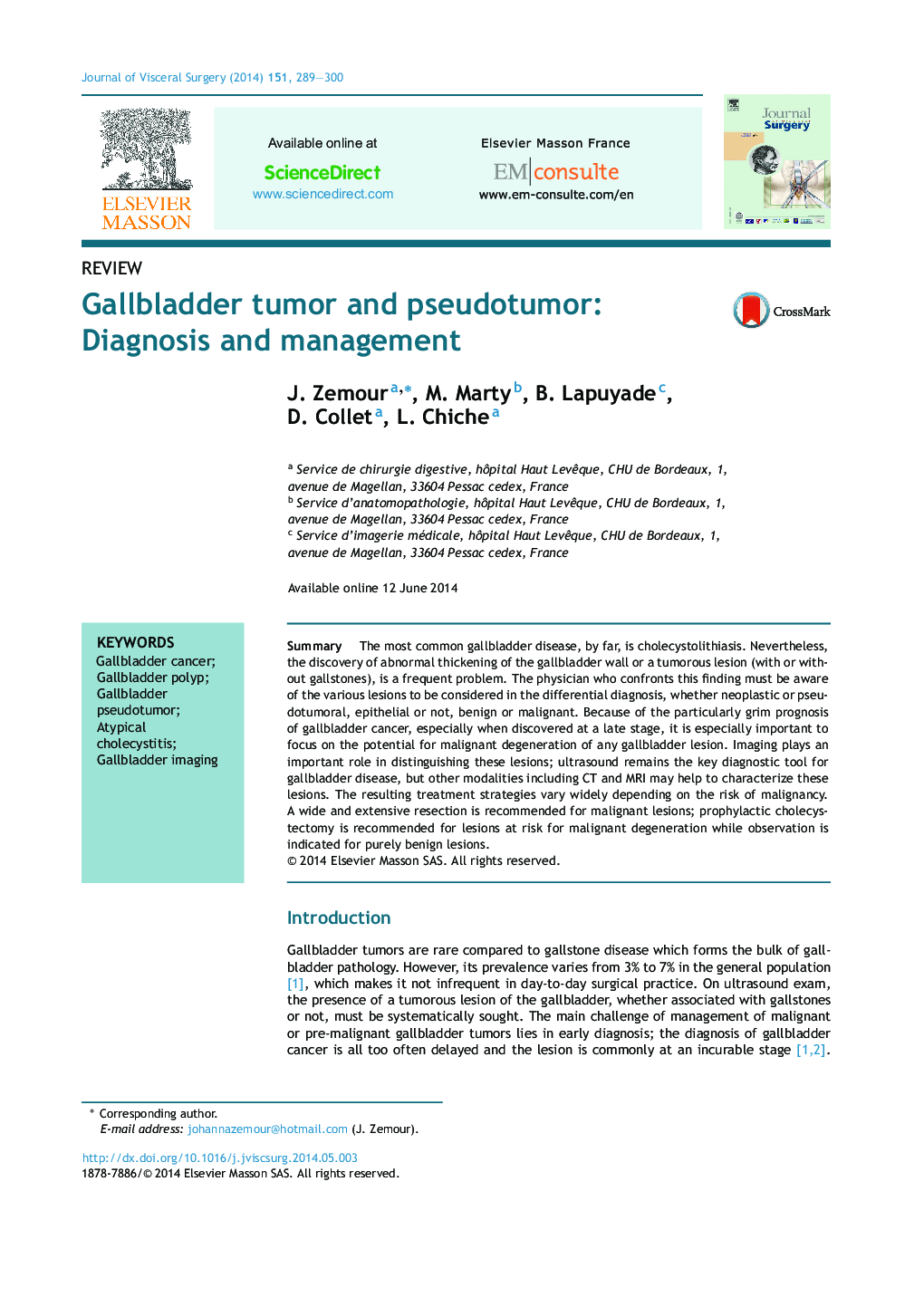| کد مقاله | کد نشریه | سال انتشار | مقاله انگلیسی | نسخه تمام متن |
|---|---|---|---|---|
| 6110475 | 1211494 | 2014 | 12 صفحه PDF | دانلود رایگان |
SummaryThe most common gallbladder disease, by far, is cholecystolithiasis. Nevertheless, the discovery of abnormal thickening of the gallbladder wall or a tumorous lesion (with or without gallstones), is a frequent problem. The physician who confronts this finding must be aware of the various lesions to be considered in the differential diagnosis, whether neoplastic or pseudotumoral, epithelial or not, benign or malignant. Because of the particularly grim prognosis of gallbladder cancer, especially when discovered at a late stage, it is especially important to focus on the potential for malignant degeneration of any gallbladder lesion. Imaging plays an important role in distinguishing these lesions; ultrasound remains the key diagnostic tool for gallbladder disease, but other modalities including CT and MRI may help to characterize these lesions. The resulting treatment strategies vary widely depending on the risk of malignancy. A wide and extensive resection is recommended for malignant lesions; prophylactic cholecystectomy is recommended for lesions at risk for malignant degeneration while observation is indicated for purely benign lesions.
Journal: Journal of Visceral Surgery - Volume 151, Issue 4, September 2014, Pages 289-300
